The 7 Foods I Eat Every Day to Lose Weight and Feel Great
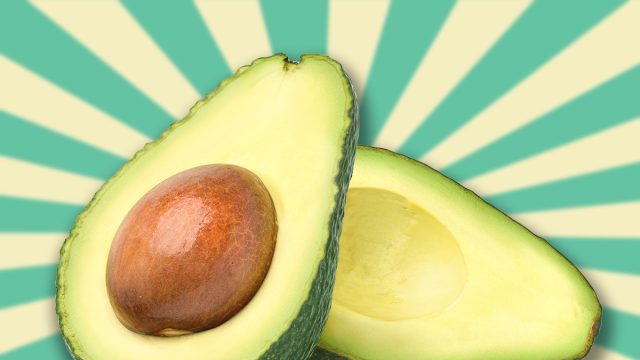
Healthy lifestyle influencer and chef Lacey Baier knows a thing or two about weight loss and nutritious foods—and how to make the process easy. "So much about dieting and weight loss is about what you can't have when there are so many amazing foods that are so good for you that you should be eating more of," she says. Here are the seven delicious, versatile, healthy, and weight loss-friendly foods Baier eats every day.
Dark Leafy Greens
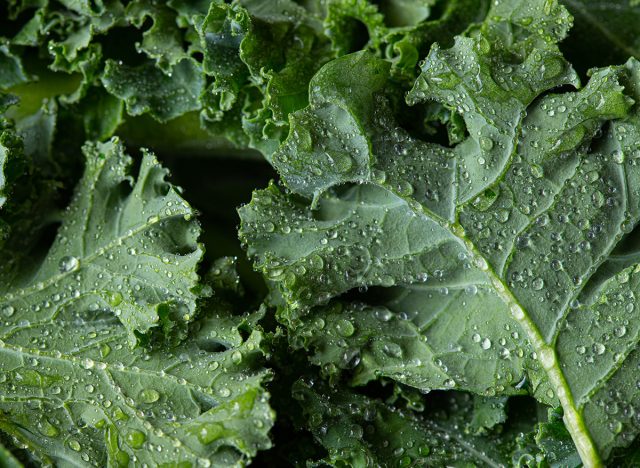
Baier loves dark leafy greens, especially spinach, arugula, and kale, often bleeding them into her smoothies. "Leafy greens are low in calories and high in fiber, which helps fill you up and keeps you feeling full longer, reducing cravings and unhealthy snacking," Christopher Carmichael, DO, tells Summa Health. "Research shows leafy greens may help lower the risk of heart disease, certain cancers, macular degeneration and Type 2 diabetes."
Nuts
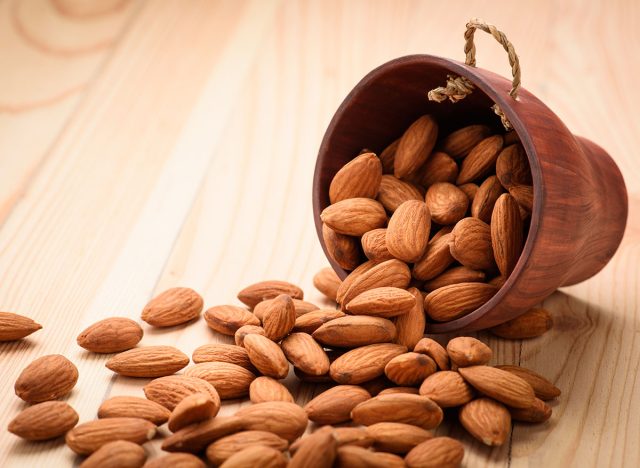
Baier enjoys nuts, especially raw walnuts and raw almonds, for a snack or for nut butter. "Although walnuts are high in calories, they are also high in nutrients," says UC Davis Health. "The healthy unsaturated fats in walnuts keep you feeling full for longer. Recent research suggests that the way fat is stored in walnuts prevents your body from holding onto all the calories. One study found that even though an ounce of walnut has 190 calories, only about 145 are usable. Walnuts also give you some of the iron and magnesium you need – about 10-14% of your daily needs."
Eggs
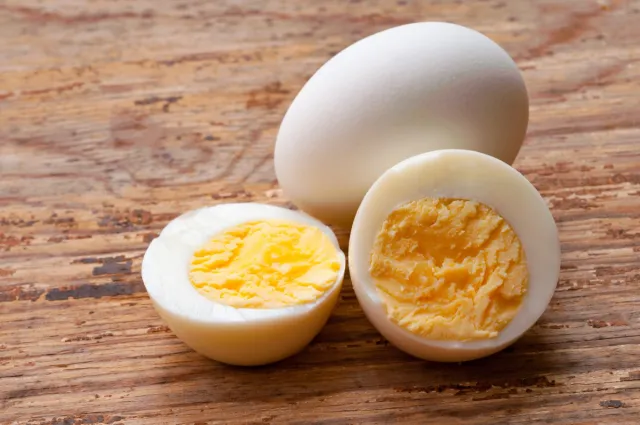
Baier eats eggs every day, emphasizing what a good, cheap source of protein and healthy fats they are. "You might have noticed that eating eggs for breakfast may keep you feeling fuller for longer — that's generally attributed to the high protein content in eggs," says Keck Medicine of USC. "Whether you have an omelet for breakfast or a hard-boiled egg as a snack, eggs can help you stay satisfied after or between meals."
RELATED: I Lost 169 Pounds in 16 Months, and This is What I Eat Every Day to Keep It Off
Berries
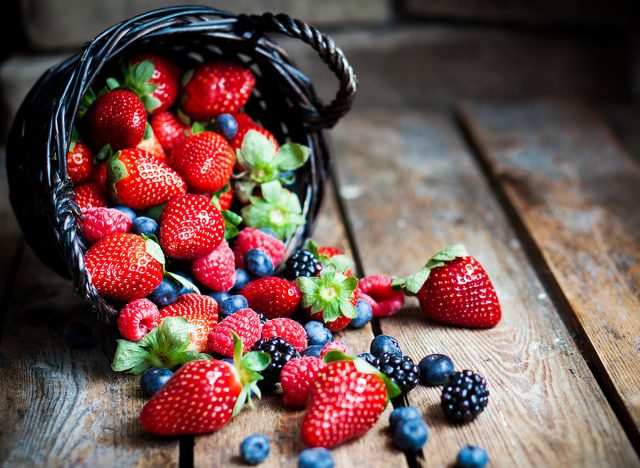
Baier loves antioxidant-packed berries. "Berries are among the best sources of dietary fiber in the fruit category," Michelle Hyman, RD, tells Runner's World. "They also contain antioxidants and phytonutrients. Some varieties, such as strawberries, are even surprisingly great sources of vitamin C."
Avocado
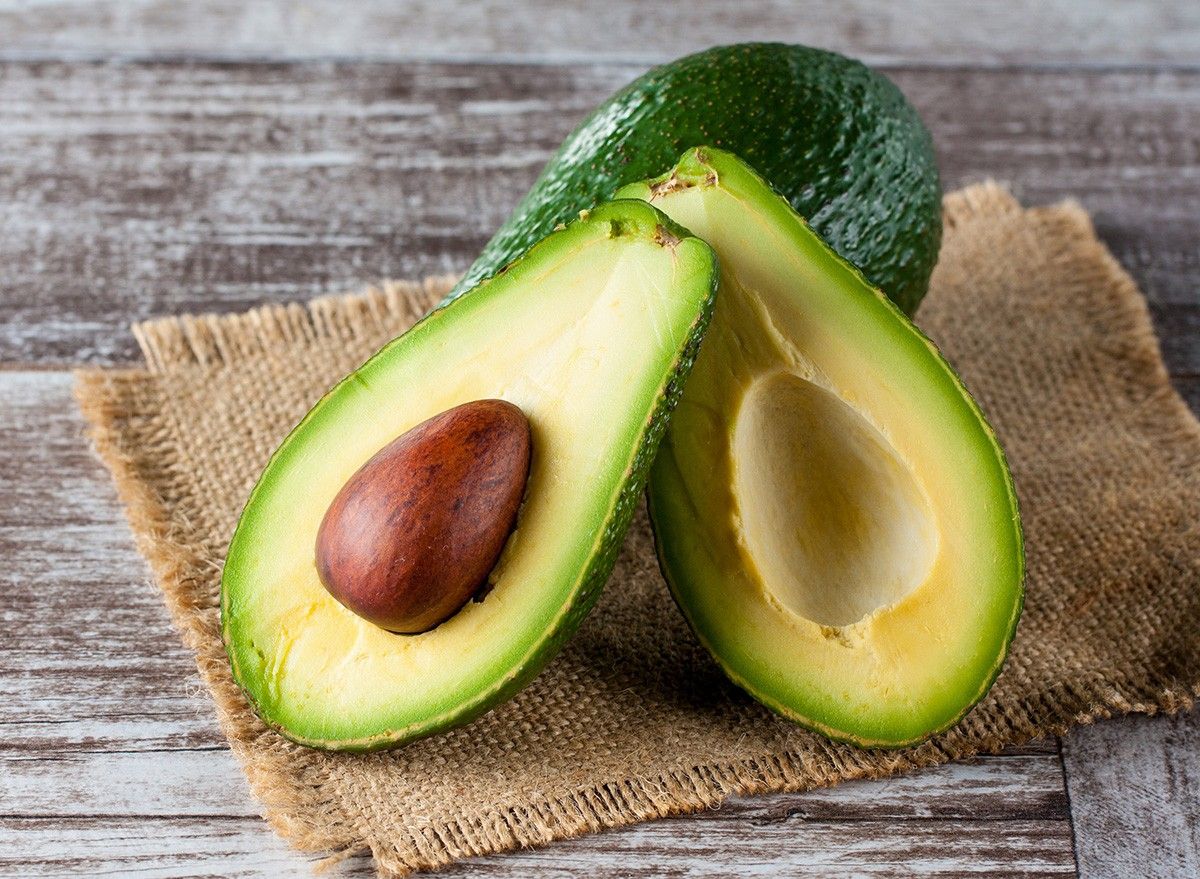
Baier eats at least half an avocado every day, espousing the healthy fats and omega-3 fatty acids. "While avocados do have high-fat content, it's mainly unsaturated, particularly monounsaturated fat, which is beneficial for natural cholesterol levels and heart health," dietitian Helen Bond tells The Telegraph. "Let's not forget that fat is good for us,"clinical nutritionist Lara Hughes says. "The body loves to run on fat, and it keeps us fuller for longer. If we don't have good fats in our diet, we're much more likely to get hungry, have cravings and overeat."
Fermented Foods
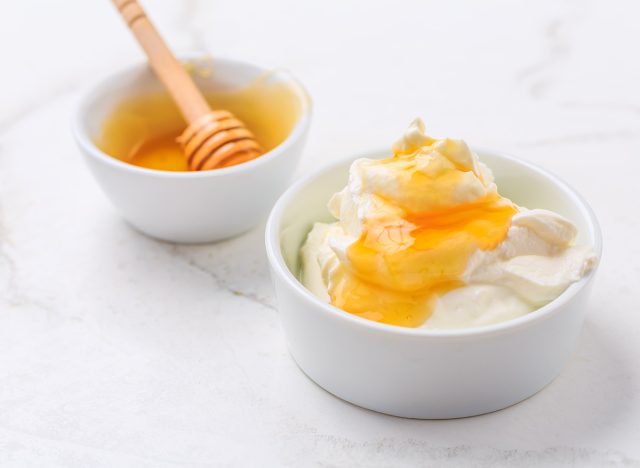
Baier loves fermented foods, especially full-fat plain Greek yogurt. "Greek yogurt is high in protein, which helps promote fullness," according to UT Medical Center. A typical 6-ounce serving contains 15 to 20 grams, the amount in 2 to 3 ounces of lean meat. That makes it particularly appealing to vegetarians, who sometimes struggle to get enough of the nutrient. An identical serving of regular yogurt, on the other hand, provides just 9 grams, meaning you may feel hunger pangs sooner."
RELATED: 14 Signs You're Consuming Too Much Added Sugar
Beans and Legumes
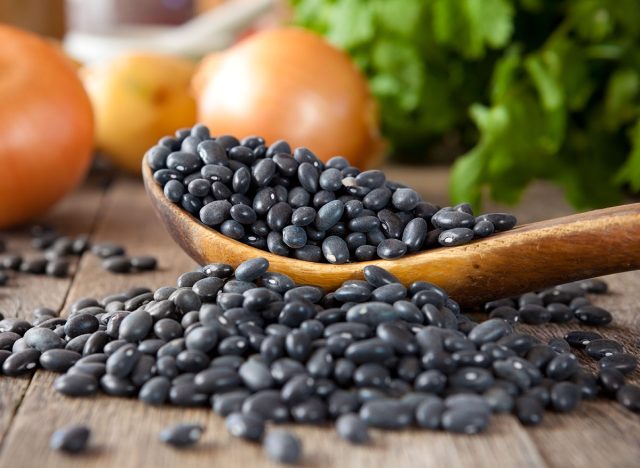
Baier calls beans and legumes an excellent source of plant-based protein. She particularly enjoys chickpeas, peas, soybeans, peanuts, lentils, and black beans. "Legumes are one of the quiet achievers when it comes to healthy eating," according to the Heart Foundation. "They contain antioxidants and vital minerals and nutrients like folate, iron, and magnesium. Legumes are also high in protein and fiber and have a low glycaemic index (GI), which means they keep you feeling fuller for longer." And if you enjoyed this article, take advantage of these 20 Superfoods for People Over 50.




